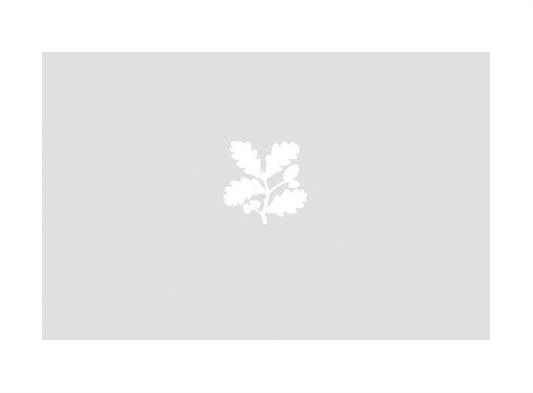Hoi tēs hēroikes poiēseōs proteuontes poiētae, kai alloi tines. Homēros, Hēsiodos, Orpheus, Kallimachos, Aratos, Nikandros, Theokritos, Moschos, Biōn, Dionysios, Kolouthos, Tryphiodōros, Mousaios, Theognis, Phōkylidēs, Pythagorou chrysa epē. = Poetae Graeci principes heroici carminis, & alii nonnulli. Homerus, Hesiodus, Orpheus, Callim. Aratus, Nicand. Theocrit., Moschus, Bion, Dionysius, Coluthus, Tryphiodorus, Musaeus, Theognis, Phocylides, Pythagorae aurea carmina. Fragmenta aliorum. Henrici Stephani tetrastichon de hac sua editione.
Henri Estienne (1531-1598)
Category
Books
Date
1566
Materials
Place of origin
Geneva
Collection
Felbrigg, Norfolk
NT 3000890.2
Summary
Bibliographic description
Vol. 2. [2], 411-781, [3], LVII [i.e. LVI] p. ; fol. Provenance: this is the copy bequeathed to William Windham III (1750-1810) by his friend Samuel Johnson (1709-1784), as stated in Johnson's will: "To Mr. Windham, Poetae Graeci Heroici per Henricum Stephanum". Eighteenth-century Jacobean armorial bookplate (Franks 32206), lettered: William Windham Esquire [i.e. William Windham III (1750-1810)]. Inscription on Odyssey half-title (Aa1r): "Rob: Creiftone[?]", and separate inscription in Greek. Infrequent manuscript marginal annotations in Greek and Latin throughout in at least four different hands, most of them in neat seemingly eighteenth-century hands, one hand written in red ink. Blank paper slip pasted over erased annotations on leaf Hh4r. Former Felbrigg shelfmark in pencil: L7 [crossed-out]. Binding: early nineteenth-century full Russia leather, dyed a light brown; sewn on five recessed cords; faint grain pattern of latticed lines on covers; elaborate gold-tooling on the covers consisting of an outer framework of double fillets filled along the sides with a repeated foliate tool and in the corners with a round tool, the inner panel with four single fillets around the edges joined at the corners by large cornerpieces formed by different foliate tools; single gilt fillet along board edges; gilt roll pattern along turn-ins; spine gilt with four broad but shallow false bands, the bands tooled with joined fillets, the panels tooled with foliate tools, title 'Homeri Ilias' and author; all edges gilt; Spanish on Turkish doubled marble pattern marbled endpapers; free endpapers watermarked WHATMAN 1823. According to Ketton-Cremer, this book was probably rebound for Vice-Admiral William Lukin (1768-1833) after he inherited Felbrigg in 1824.
Makers and roles
Henri Estienne (1531-1598), editor Homer (800 BC - 701 BC), author Hesiod (c.8th century BC) Callimachus (310/305 - c.240 BCE) Aratus (c.315/310 – 240 BC) Nicander, of Colophon (fl.2nd century BC) Theocritus (c.308-c.240 BC) Moschus of Syracuse (fl.150 BC) Bion, of Phlossa near Smyrna (fl.100 BC) Colluthus of Lycopolis (fl.500 AD) Tryphiodorus (fl.3rd or 4th century) Grammaticus Musaeus Theognis (fl.6th century BC) Simmias, of Rhodes (fl.300 BC) Solon (c.630-c.560 BC) Tyrtaeus (7th century BC) Mimnermus of Colophon (fl.7th century BC) Ulricus Fugger (1526-1584), publisher Henri Estienne (1531-1598), publisher
